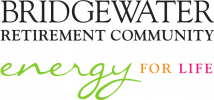History
From its beginning, Bridgewater Retirement Community has built on the long tradition of caring for older adults. What began as a small nursing home conceived in 1958 has grown into a rich and vibrant 96-acre community with residents across multiple levels of living.
Bridgewater Home for the Aging is Established
1958–1965
In 1958, Bridgewater Home for the Aging is conceived by the Southeast Regional Board of the Church of the Brethren. A “Home for the Aging” Committee is appointed and begins to meet regularly. A Building Committee is selected, and a financial campaign begins to raise funds for the development of the home.
In 1961, land is purchased and plans are developed for construction. Ground is broken and construction begins in 1963. Bridgewater Home for the Aging opens its doors in 1965.
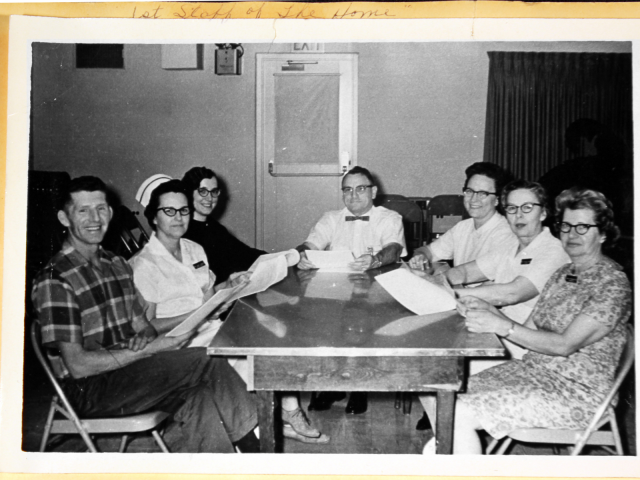
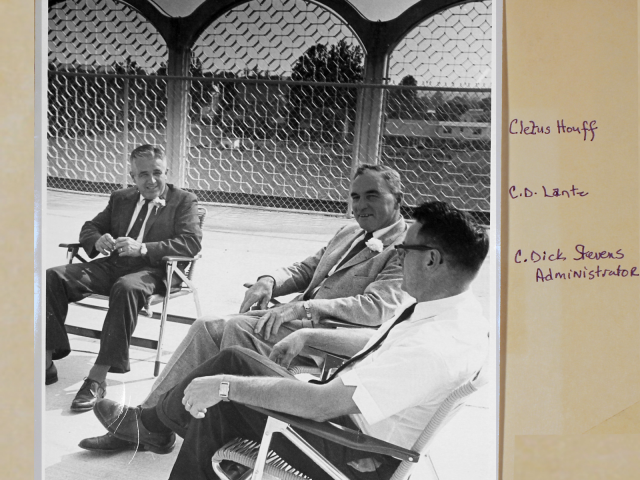
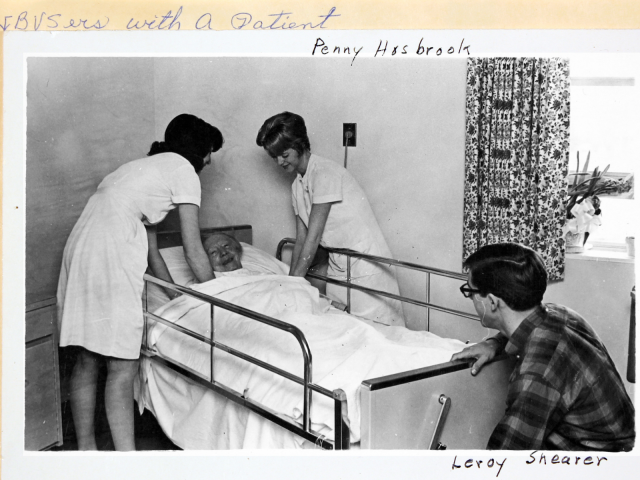
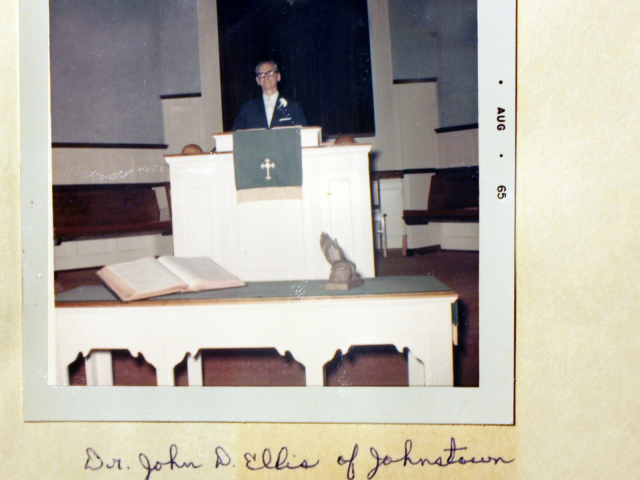

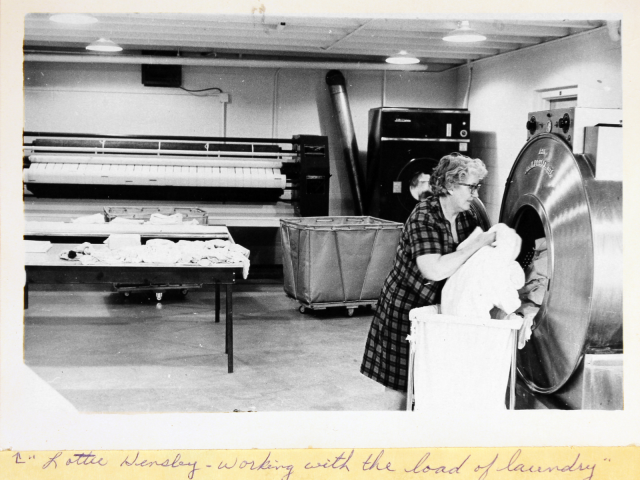
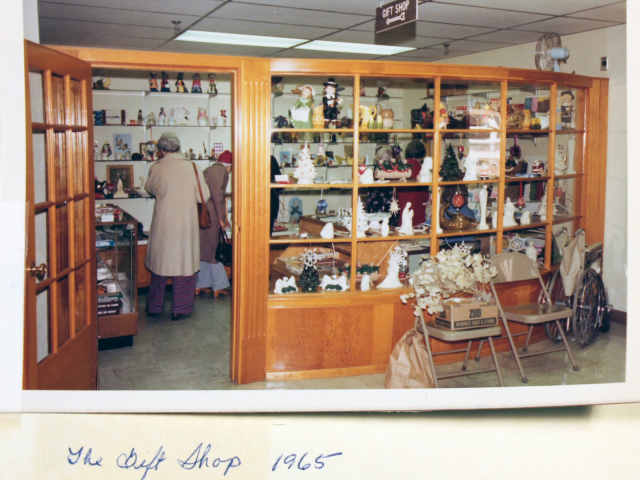
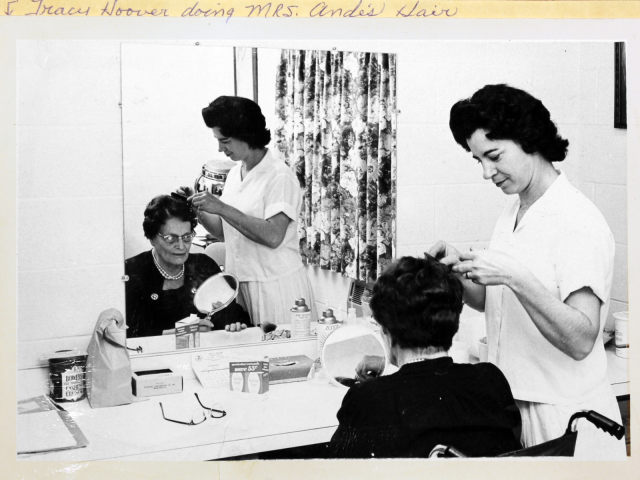


A Village Takes Root
1966–1975
In 1966, BRC’s first Independent Living cottages (now The Courts) are approved for construction, and the Bridgewater Home Auxiliary is established.
By 1975, Bridgewater Village has been established as a separate non-profit organization and a new 150-bed infirmary wing has been constructed.
BRC Continues to Grow
1976–1990
By 1980, BRC is home to 196 residents in nursing, and the Village consists of 46 Independent Living homes.
The BRC Foundation is established in 1983, and BRC begins operations under its current operational structure with residents in Independent Living, Assisted Living, and Nursing.
Lantz Chapel is constructed and dedicated.
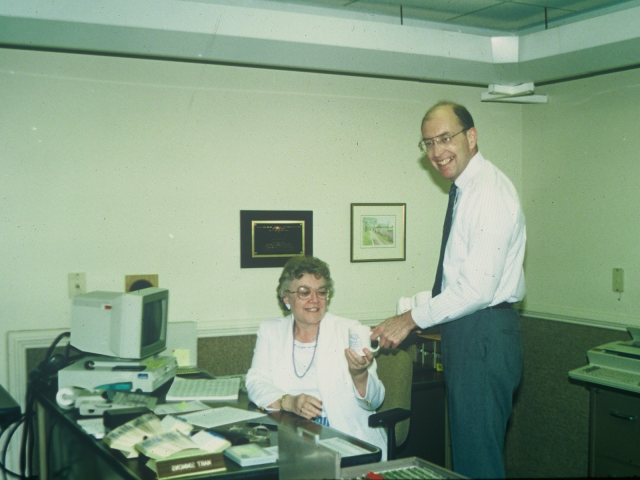

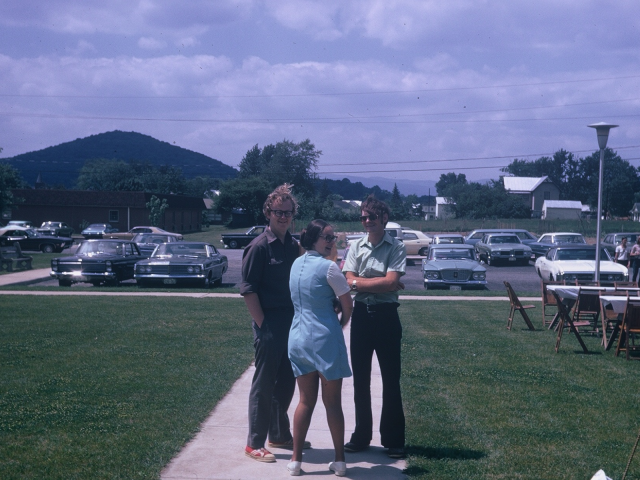

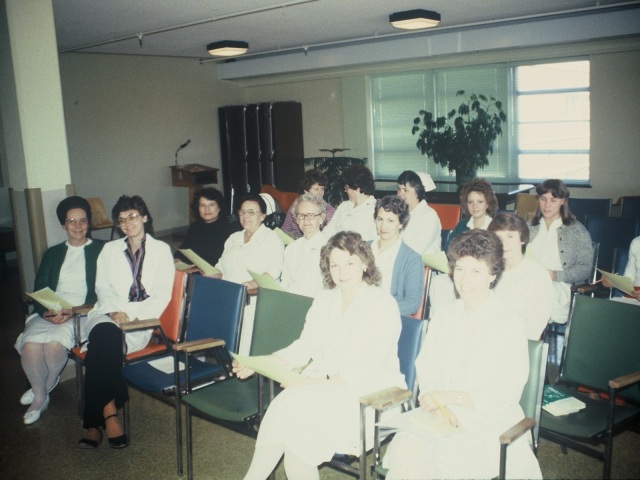
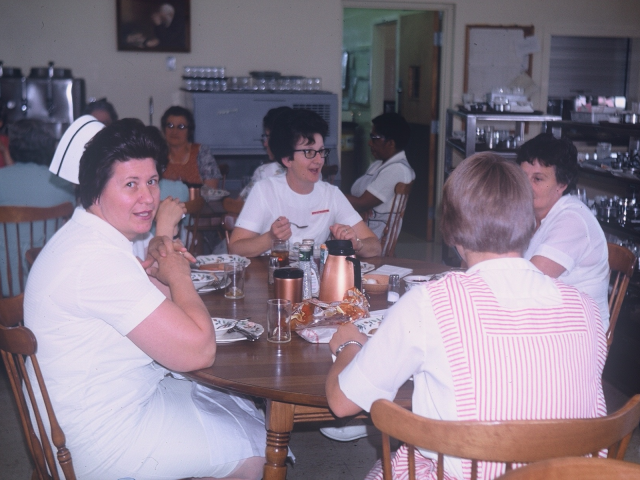


The Village Expands
1991–2000
Hearthstone Manor and the Meadows are constructed in Bridgewater Village, Maple Terrace and the Houff Community Center open their doors, and Bridgewater Home undergoes a complete renovation.
In 2000, BRC celebrates its 35th anniversary.
Household Culture Transforms BRC
2001–2014
The Village continues to grow, and Assisted Living expands with the construction of Wampler Wing. BRC opens its first Memory Support Household, Gardner House, in 2009.
In 2010, BRC begins to reinvent the culture and resident-focused experience in nursing/skilled care. The Household Model is established to provide residents with agency, dignity, and independence.
The “Advancing the Vision” campaign raises funds for the construction of the Huffman Health Center.
Household Culture Sets the Standard
2015–2019
Huffman Health Center opens its doors, and BRC’s innovative Household Model redefines the standard of care for Nursing Household residents.
All older Bridgewater Village properties are upgraded and refaced, and the “Building Connections” campaign raises funds for an expansion of Assisted Living that connects Huffman Health Center, the Administrative Center/Garber Atrium, Assisted Living, and Houff Community Center on the first floor of Maple Terrace.
2020 Pandemic Era
BRC navigates the COVID-19 pandemic. It is a challenging year, but BRC remains resilient and weathers the pandemic with low infection rates among residents and team members.
Despite many challenges, BRC opens the Grove apartment building, finishes the renovation and expansion of Houff Community Center including a new dining venue, and completes the Assisted Living expansion.
BRC Today
2021–Present
Responding to the challenges of the COVID-19 pandemic, BRC recommits itself to resident-driven care and begins work to reinvigorate the Household Model and expand it to other levels of living.
In 2021, BRC opens its second Memory Support Household, Concord House.
In 2022, it announces the construction of new walking trails and begins work renovating Hearthstone Manor.
